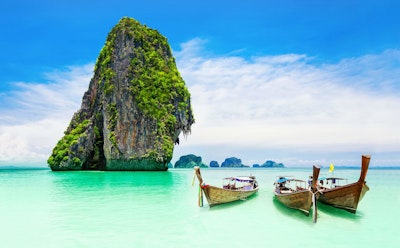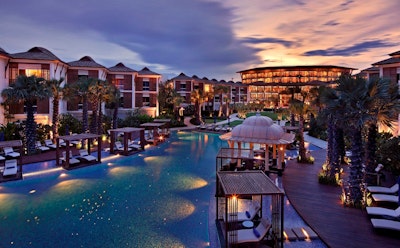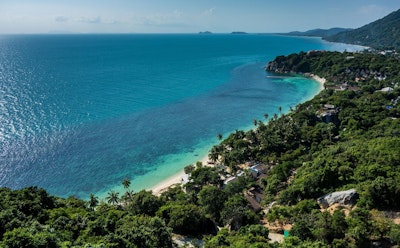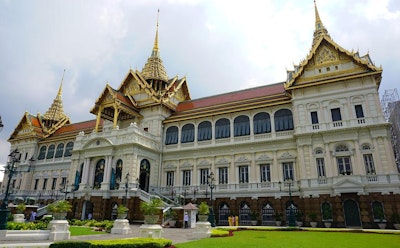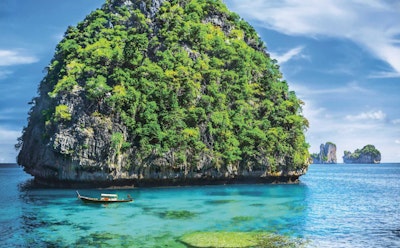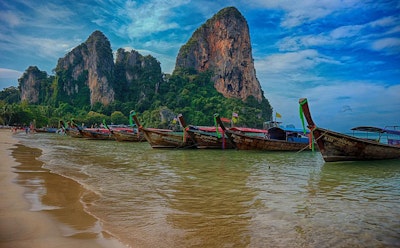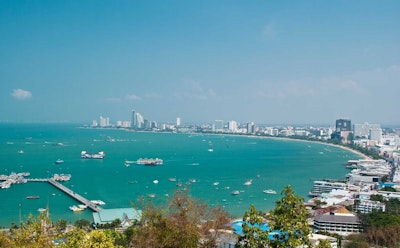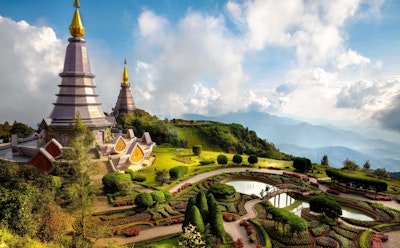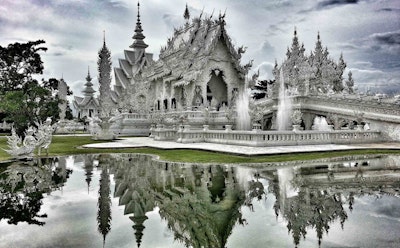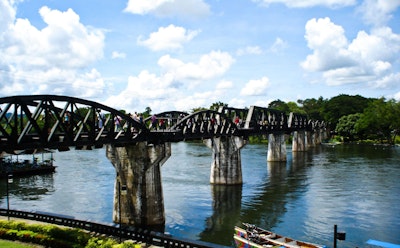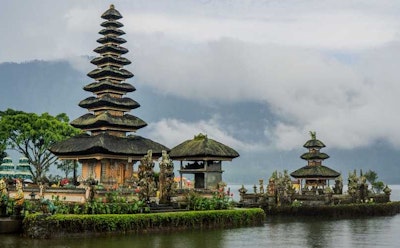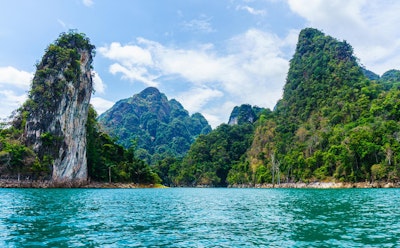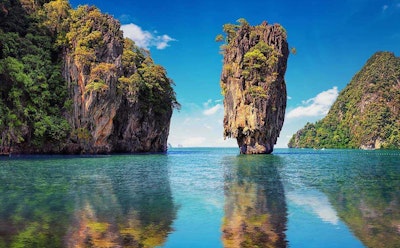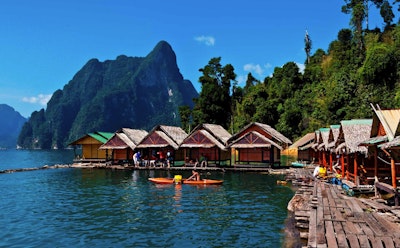History of Thailand - Know the Facts about Earlier Thailand
Journey Through the Ages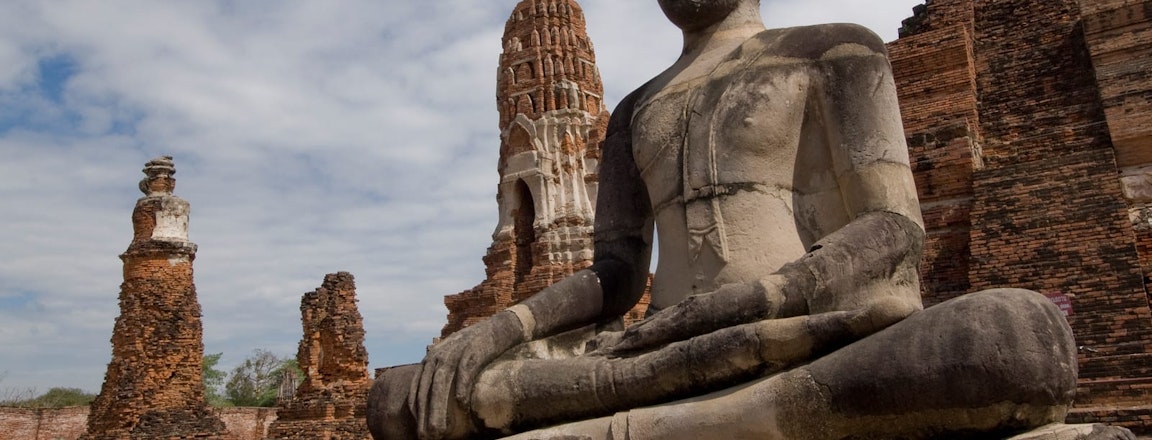
Thailand, a Southeast Asian country known for its rich cultural heritage, fascinating history, and welcoming people, has evolved greatly over the centuries. With roots in the ancient civilizations that once populated the region, this captivating nation has seen the rise and fall of numerous empires and kingdoms. Let’s delve into Thailand's extraordinary history, exploring its ancient beginnings, political transformations, and unique culture that have molded the country we know today.
Early Civilizations
Long before modern-day Thailand emerged as a nation, several prehistoric civilizations flourished in the area. The Ban Chiang culture (3600 BC-200 AD) is one of Southeast Asia's earliest known Bronze Age civilizations. The discovery of elaborate pottery in Northeast Thailand helped researchers understand these early people's advanced artistic capabilities and agricultural way of life.
Early Kingdoms
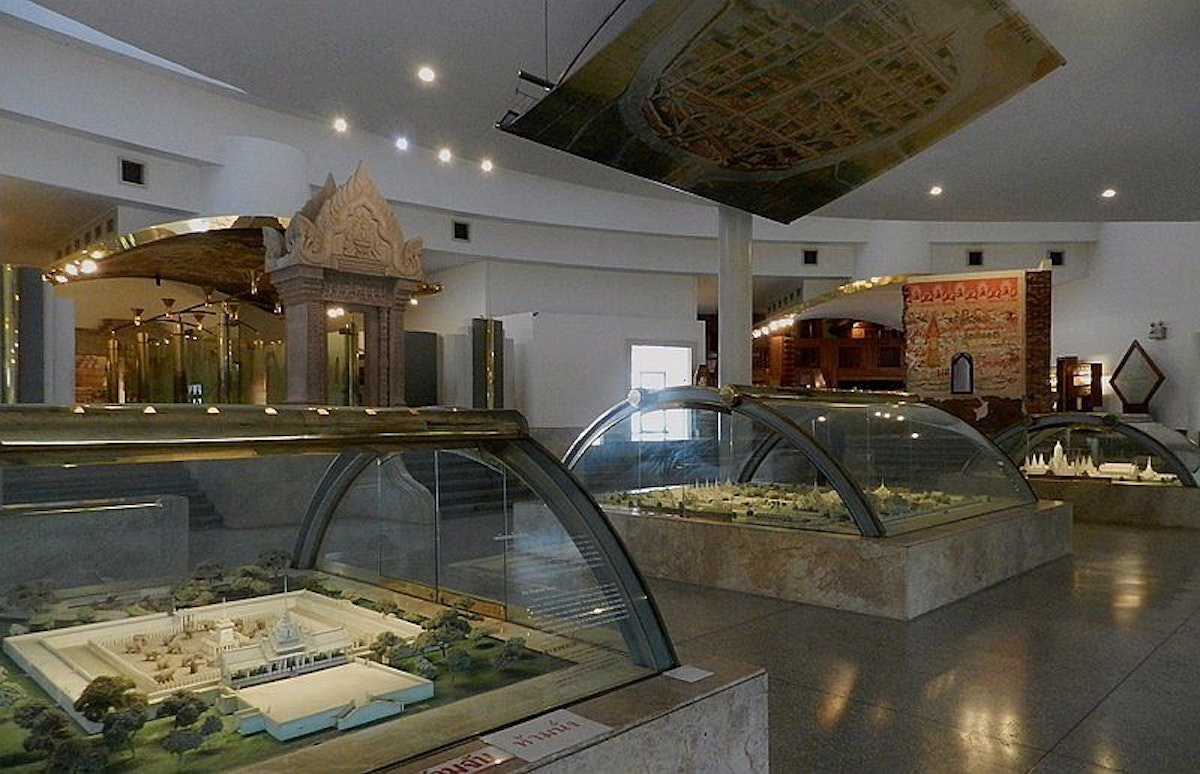
1238 is officially when Thailand was founded. The recorded history of Thailand began with two significant early kingdoms: Sukhothai (1238-1448 AD) and Lanna (1259-1939). These kingdoms produced exquisite architecture, sculpture, and artwork, fostering Buddhism's spread throughout the region.
Suggested Read: Temples in Thailand
Ayutthaya Kingdom (1350-1767)
Arguably, the apex of Thai power and influence was during the reign of the Ayutthaya Kingdom. Established in 1350 by King U-Thong (Ramathibodi I), Ayutthaya rapidly expanded its borders and became a cultural melting pot as it traded with regional powers such as China and India.
Thonburi Period (1767-1782)
After Ayutthaya fell to the invading Burmese army in 1767, General Taksin fought against Burmese occupation forces and established Thonburi as the new capital. Soon after ascending to power as King Taksin, he began consolidating and rebuilding the weakened kingdom.
Rattanakosin Period (1782-1851)
The founding of Bangkok as the new capital of Siam marked the beginning of the Rattanakosin period. King Chulalongkorn (Rama V) was one of the most influential monarchs, promoting modernization and reform, which helped preserve Thailand's independence during European colonization.
Suggested Read: Tips for your Thailand Trip
Modernization Era (1851-1910)
Modernization under Rama IV and Rama V (1851–1910) marked a significant period in Thailand's history. King Mongkut (Rama IV) and his successor, King Chulalongkorn (Rama V), implemented sweeping reforms that brought Thailand into the modern era. King Mongkut opened up Thailand to the West, establishing diplomatic relations with the United States and European powers. He also modernized the country's infrastructure, improved transportation and communication systems, and introduced Western technology and education. His son, King Chulalongkorn, continued his father's work, abolishing slavery, introducing a centralized administrative system, and reforming the legal and educational systems. Under their rule, Thailand made significant strides toward modernization, laying the foundation for the country's future development and progress.
Nation Formation Period( 1910-1932)
From 1910–1932 in Thailand's history, King Vajiravudh (Rama VI) attempted to modernize the country while facing political unrest. He introduced reforms, including a modern army and a new constitution, but calls for democracy and a constitutional monarchy grew. In 1932, a blood coup established a constitutional government, ending centuries of absolute monarchy. This period set the stage for further political and social change in Thailand.
The Siamese Revolution of 1932
The Siamese Revolution was a turning point in Thailand's history. A group of military officers and civil servants staged a bloodless coup, ending the absolute monarchy that had ruled Thailand for centuries. The revolutionaries established a constitutional government, which introduced a new constitution that limited the powers of the monarchy and granted more political rights to the people. The revolution marked the beginning of Thailand's transition to a democratic system of government, paving the way for further political and social reforms in the country. The Siamese Revolution of 1932 is considered one of the most important events in Thai history and is celebrated annually on the 24th of June as National Day.
Suggested Read: Bangkok Travel Guide
World War II and Thai Politics

Thailand's political landscape underwent significant transformations during World War II. After a bloodless coup in 1932 marked the transition from an absolute monarchy to a constitutional monarchy under King Rama VII, Thailand allied with Japan during the war. Later on, Thailand emerged as a constitutional monarchy with frequent political fluctuations.
Thailand Today
Since the end of World War II, Thailand has continued to develop as a thriving nation, attracting tourists worldwide with its exotic natural beauty, ancient temples, vibrant culture, and distinctive cuisine. Although the political landscape is often uncertain, the Thai people have maintained their national resilience and unique identity.

Thailand has a rich and fascinating history that has helped to shape the country into what it is today. From the ancient kingdoms of Sukhothai and Ayutthaya to the modern-day monarchy, Thailand has experienced many changes throughout the centuries. With its unique culture, beautiful architecture, and vibrant traditions, Thailand continues to be a popular destination for travelers from around the world. As we look towards the future, it is important to remember and appreciate the country's rich history and heritage. You can explore this ancient land by booking a Thailand tour package with PickYourTrail.
Explore Other Latest Articles Related to Thailand
Explore Our Best-Selling Tour Packages
Thailand Tour Package for Couples | Thailand Family Packages from India | Thailand Budget Packages | Thailand Adventure Tour Package
Check-Out Other Useful Articles About Thailand
Rent a Car in Thailand | Currency Exchanges in Thailand | Languages in Thailand | Airports in Thailand | Religions in Thailand | Culture of Thailand | Casinos in Thailand | Transportation in Thailand
Update your location?


